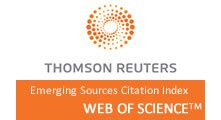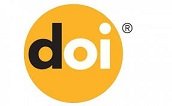Using Precision in STEM Language: A Qualitative Look
1012
310
Abstract
Teachers need to develop a variety of pedagogical strategies that can encourage precise and accurate communication - an extremely important 21st century skill. Precision with STEM oral language is essential. Emphasizing oral communication with precise language in combination with increased spatial skills with modeling can improve the chances of success in STEM courses and later in making STEM career choices. The participants were 14 middle and high school teachers who participated in a week of professional development (PD). The Aural/Spatial Interactions and Invariant Components of Vocabulary for STEM Content Area Specialists (AS-STEM) was administered to teacher groups to examine how STEM discourses influenced AS-STEM success. This study compared language differences among groups that were more versus less successful at representing unseen 3-D objects by drawing 2-D depictions from oral descriptions from peers. The groups that were more successful, able to produce more accurate depictions, used (a) language type merging that was more coherent and less frequent, (b) language precision that appeared to convey meaning effectively, and (c) validated shared meaning regularly and established these shared meanings efficiently. Thus, teachers who were able to merge language types using precision and jointly took ownership of the tasks were more successful. We trust that this work translates into practice through the awareness teachers had from participation in and discussion of the activities.
Full Text:
PDFRefbacks
- There are currently no refbacks.
Copyright (c) 2017 International Journal of Education in Mathematics, Science and Technology







International Journal of Education in Mathematics, Science and Technology (IJEMST)

This work is licensed under a Creative Commons Attribution-NonCommercial-ShareAlike 4.0 International License.
ISSN: 2147-611X (Online)
